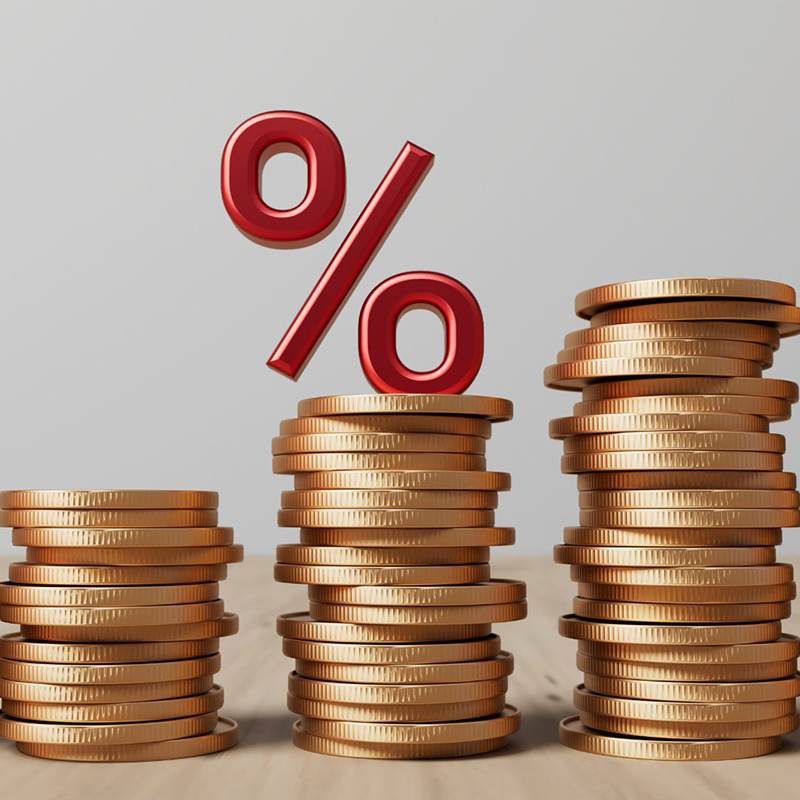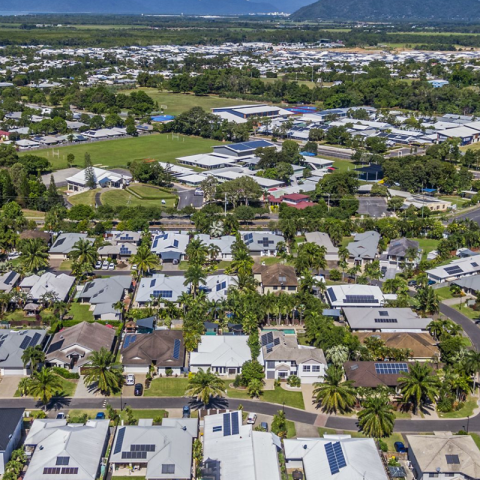Australia’s property market isn’t just shaping housing affordability — it’s also driving big shifts in the broader economy. In the past week, three major pieces of economic data were released, each highlighting the central role real estate plays in household wealth, inflation, and monetary policy.
Together, the updates paint a picture of an economy still balancing strong household wealth growth with persistent inflationary pressures, while the Reserve Bank of Australia (RBA) keeps a cautious stance on interest rates.
Household Wealth Climbs
According to the Australian Bureau of Statistics (ABS), household wealth increased by 2.7% in the June quarter of 2025, taking the total to $470.1 billion.
The largest driver of this wealth was growth in residential property values, which rose 1.9% — equivalent to $205.2 billion in value. Superannuation balances also lifted, reflecting solid investment returns and stronger employment contributions.
For most Australians, the family home remains their single largest asset, and the numbers confirm once again just how central property is to household financial security. Rising dwelling values not only boost balance sheets but also provide a sense of confidence that can spill over into consumer spending.
However, economists caution that wealth gains are not evenly distributed. Households that own property — particularly those in high-demand cities like Sydney, Melbourne, and Brisbane — are seeing significant equity growth, while renters continue to face affordability challenges.
CPI Ticks Higher
The second key release was the latest ABS Consumer Price Index (CPI) figures. The data showed that CPI rose 3% in August, up from 2.8% in July.
While still within the RBA’s target range of 2–3%, the uptick suggests inflationary pressures remain embedded in the economy. According to ABS head of prices statistics Michelle Marquardt, the largest contributors were housing and health costs, with electricity in particular driving housing-related inflation.
Electricity bills have been a recurring issue, with energy providers passing through higher wholesale costs. For households, this creates a squeeze: while property values may be boosting wealth on paper, higher day-to-day living costs are cutting into disposable income.
RBA Keeps Rates Steady
Against this backdrop, the RBA board met this week and voted unanimously to keep the cash rate on hold at 3.6%.
The decision was expected by most economists, who had noted signs of easing inflation but also strong momentum in the property market.
In its statement, the RBA acknowledged that financial conditions have eased since the start of the year, partly due to earlier rate reductions, but emphasised that it will take time for the full effect of those moves to flow through. Importantly, it also flagged that inflation in the September quarter may come in higher than previously forecast.
This balancing act — supporting economic growth without reigniting inflation — remains the central challenge for the RBA.
The Property Link
The three data points are not unrelated. Rising property values are bolstering household wealth, which in turn can support spending. But strong demand for housing is also pushing up rents and construction costs, which flow into the CPI.
At the same time, steady property market momentum limits the RBA’s ability to cut rates further, as doing so could risk fuelling another housing surge.
Economists say this interplay is why property is often referred to as the “engine room” of the Australian economy. It shapes consumer confidence, contributes to inflation, and heavily influences central bank policy.
Implications For Households
For homeowners, the latest data provides mixed signals:
* Equity growth: Those who own property continue to see their wealth grow, giving them more flexibility with refinancing, investing, or funding lifestyle needs.
* Higher costs: Electricity, healthcare, and housing costs are putting pressure on budgets. Even with wealth growth, many households feel the pinch in their weekly expenses.
* Stable borrowing conditions: With the RBA keeping rates steady, borrowers have some breathing room, but the warning about future inflation suggests rate relief may not come quickly.
For renters, the challenge is even greater. Wealth gains are bypassing them entirely, while they face higher rents, energy bills, and living costs.
The Outlook
Looking ahead, most economists expect household wealth to keep trending higher as property values remain resilient, supported by strong migration, limited housing supply, and continued demand for lifestyle and regional locations.
Inflation, however, is likely to stay sticky. Electricity and housing costs will continue to feed into CPI, and global supply chain uncertainties — particularly in energy — could push prices higher.
The RBA’s cautious stance means rates are likely to remain on hold for several months, with only a gradual easing expected if inflation shows clearer signs of cooling in 2026.
The latest data highlights the balancing act at the heart of Australia’s economy: wealth is up, inflation is creeping higher, and rates are steady. Property remains the connecting thread between all three, shaping household finances and influencing national policy decisions.
For Australians, the message is clear — housing continues to underpin wealth, but it also fuels the pressures that make managing inflation and interest rates such a complex task.



